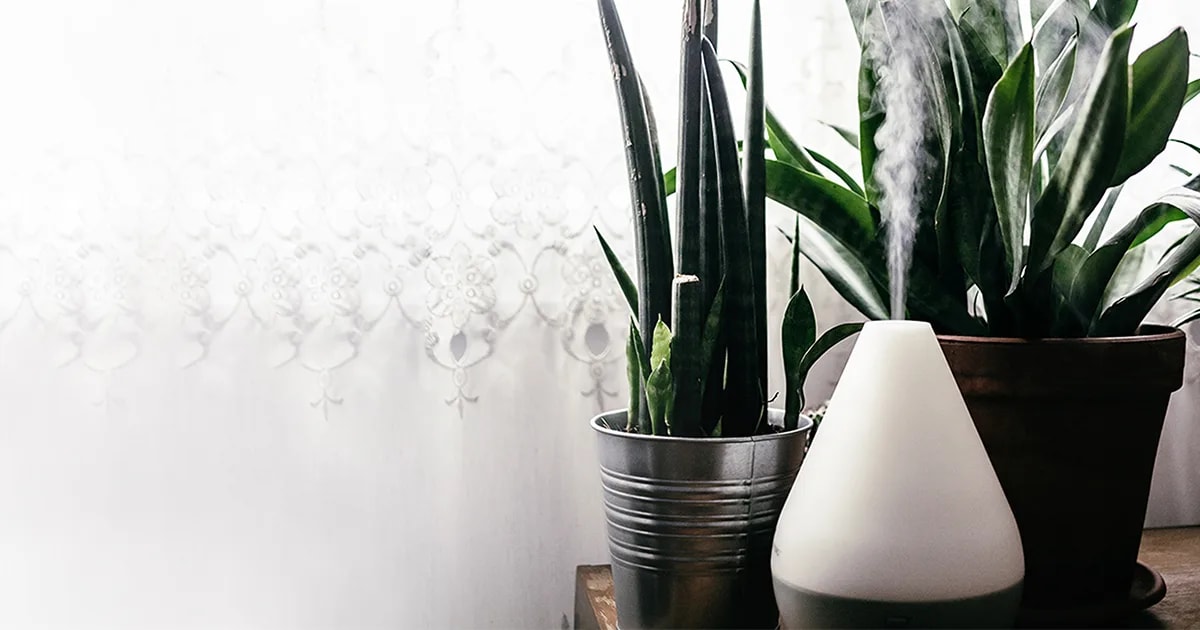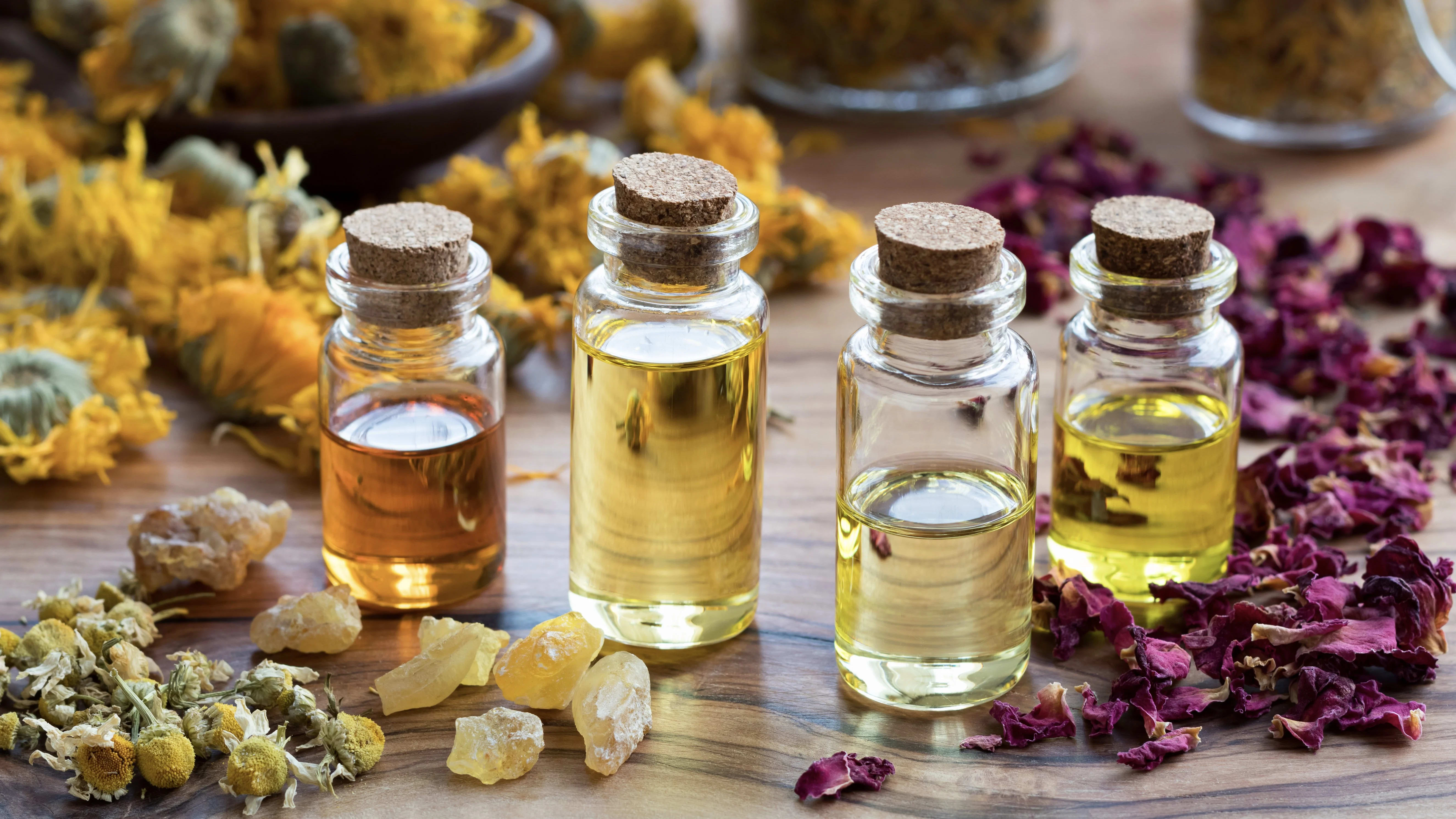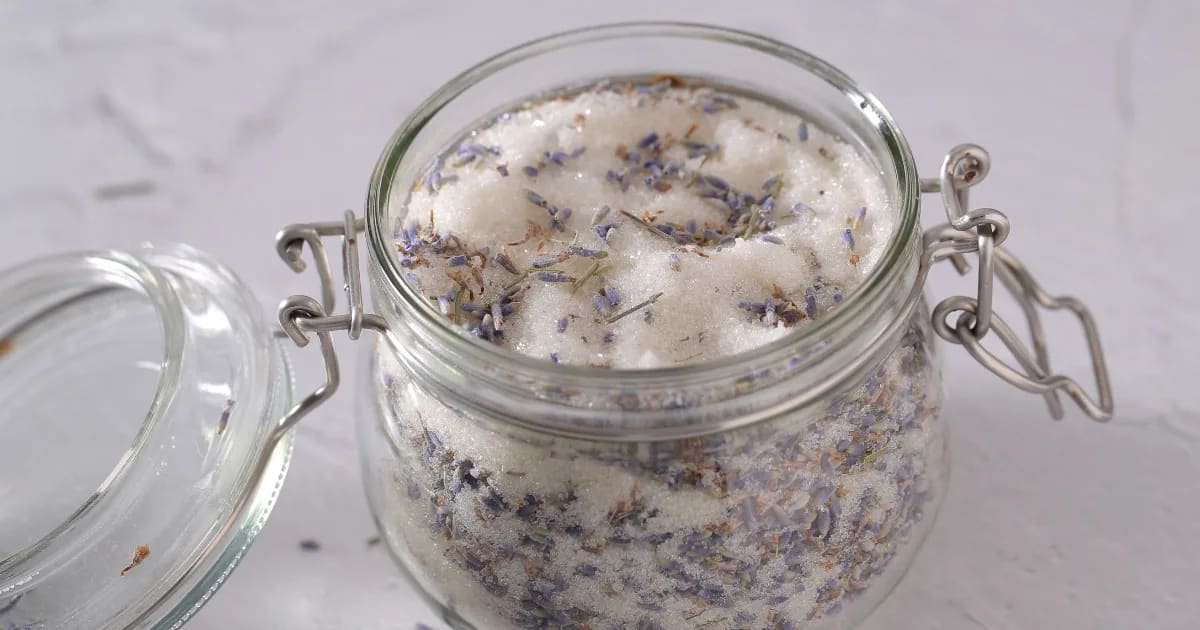4 Essential Oils that Repel Bugs in Your Home

Indoor Air, Outdoors Bugs: Essential Oils to Keep Your Home Pest-Free
Does the thought of bugs in your home make you cringe? If you’re nodding your head, then you're not alone. It’s an unpleasant reality that where we see comfort and sanctuary, bugs see a warm, food-filled paradise. But imagine if they found the scent of your indoor air repulsive. The idea sounds promising, right?
Let's explore how you can turn your home into a bug-free haven using essential oils. Not only will these oils fill your rooms with delightful fragrances, they are also natural deterrents to pests.
Surprisingly, the star of this show is Catnip essential oil - the very same plant that has your feline friends running around like little balls of energy.
Catnip Essential Oil: The Mosquito Repellent
Catnip, scientifically known as Nepeta cataria, is not just a tantalizing treat for cats, but a natural mosquito repellant as well. Research shows that certain varieties of catnip essential oil containing high concentrations of nepetalactones repel more than 95% of mosquitoes!
Our featured blend combines this potent catnip essential oil with three other bug-repelling essential oils. Let's dive into the recipe and their unique properties.
The "Stay Away Bugs!" Diffuser Blend
5 drops Catnip essential oil (Nepeta cataria)
2 drops Cedarwood essential oil (Juniperus virginiana)
2 drops Palmarosa essential oil (Cymbopogon martinii var motia)
1 drop Patchouli essential oil (Pogostemon cablin)
This blend offers a sensory treat of floral and herbal notes from catnip, perfectly balanced with the sweet, woodsy, earthy aromas of the other oils.
Cedarwood Essential Oil: The Multi-insect Deterrent
Cedarwood, especially Juniperus virginiana, is renowned for its ability to repel a host of insects including mosquitoes, ants, fleas, flies, and spiders. Cedarwood's main component, cedrol, is largely responsible for its insect-repelling properties.
Palmarosa Essential Oil: The Air Purifier
Palmarosa, or Cymbopogon martinii var motia, is loaded with geraniol - a compound known for repelling a variety of microbes, fungi, and pests, including mosquitoes. Diffusing palmarosa oil can also help cleanse your indoor air, minimizing airborne microbes.
Patchouli Essential Oil: The Mosquito-Repelling Champion
Research places patchouli, or Pogostemon cablin, among the most effective essential oils for repelling mosquitoes. The hero compound here is patchoulol, which has been proven to deter several species of insects.
Coping with the Occasional Bug Bite
Despite all preventive measures, sometimes bug bites happen. In those situations, essential oils can come to your rescue to soothe the itch. Try the The Essential Itch Away Spray (featured in our previous blog!), crafted with calming aloe vera, lavender, peppermint, and two other skin-soothing oils.
This summer, embrace the natural power of essential oils to keep your home fragrant and bug-free. Trust us, your peaceful, pest-free sanctuary awaits you!
REFERENCES
Reichert, W., Ejercito, J., Guda, T., Dong, X., Wu, Q., Ray, A., Simon, J.E. (2019) Repellent Assessment of Nepeta cataria Essential Oils and Isolated Nepetalactones on Aedes Aegypti. Sci Rep 9, 1524.
Peterson, C.J., Coats, J.R. (December 2011) Catnip Essential Oil and Its Nepetalactone Isomers as Repellents for Mosquitoes. Iowa State University, Entomology Publications.
Muller, G.C., Junnila, A., Butler, J., Kravchenko, V.D., Revay, E.E., Weiss, R.W., Schlein, Y. (2009) Efficacy of the botanical repellents geraniol, linalool, and citronella against mosquitoes. Journal of Vector Ecology. Jun; 34(1):2-8. Doi: 10.1111/j.1948-7134.2009.00002.x.
Trongtokit, Y., Rongsriyam, Y., Komalamisra, N., Apiwathnasorn, C. (2005) Comparative repellency of 38 essential oils against mosquito bites. Phytotherapy Research. Apr;19(4):303-9. doi:10.1002/ptr.1637.
Yi-Xi Feng, Yang Wang, Chun-Xue You, Shan-Shan Guo, Yue-Shen Du & Shu-Shan Du (2019) Bioactivities of patchoulol and phloroacetophenone from Pogostemon cablin essential oil against three insects, International Journal of Food Properties, 22:1, 1365-1374, DOI: 10.1080/10942912.2019.1648508





